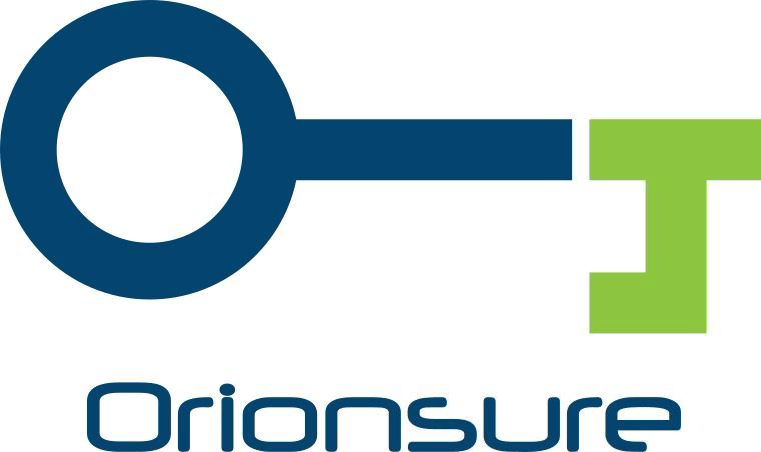Making a claim for damaged goods in transit
 03/19/2017
03/19/2017 reducedpremiumadmin
reducedpremiumadmin Claim for Damaged Good in Transit
Making a claim for damaged goods in transit is never an easy process. Insurance companies often look for the burden of proof citing manufacturing defects or poor packaging. While it is always necessary to ensure that your goods are fully protected when sending to the customer, wholesaler or retailer these precautions cannot prevent against all damages. Flood, fire and theft are the typical examples of damage. Policies with definitions of coverage that are broad don’t specifically include other causes of a loss.
This brings up one of our clients who recently had their bottled goods damaged while in transit. The truck left New Jersey on a Friday and did not make it to the destination in California until next Wednesday. Their client, a large retailer, did not open the bottled goods and place them on shelves for sale until that Friday. When they opened up the shipment which came in boxes that sectioned each bottle into its quadrant of the box for its protection and each bottle has a small plastic protective bag over it, the client found, that the labels on some of the bottles had been wiped off, or were partially visible. Thus the client no longer had a viable product they could sell. Previously this product had no issues during the shipping process.
This cost of this shipment amounted to $650,000, so the loss had a huge financial impact to the mid-sized company. The CFO of our client was frantic if the insurance company would cover the loss and the financial impacts. We submitted the claim to the carrier, an A rated company, that also provided coverage for their Warehouse and Ocean shipments. An adjuster was assigned and it took about a month for the insurance company to review only to be told that the claim was denied. They cited a manufacturing defect of the label on the bottle. While the burden of proof was on our client, we pushed back against the insurance company and demanded that a full review of our clients manufacturing and quality control process, so the insurance would validate that our client verified the goods before shipping. One of our claims specialist had a background in engineering. He felt we needed to ensure that the quality control process was in place to prove that there was no issue with the manufacturing process. We sent out the adjuster and their team to our clients manufacturing plant. Our client provided the records that their quality control person uses to document that the product was manufactured correctly, including the packaging and labels. The insurance company could not find any issue with it, so it ruled out a potential manufacturing defect. Next our Claims specialist “the Engineer”, suggested that we take a box of bottles that were good and place them on a shaker table in a lab for 41 hours, the average time for goods to be shipped across the country and to simulate the conditions of the product on the truck. Sure enough 41 hours later the bottles in the lab were checked and found with missing labels or labels that could be partially read.
The insurance therefore determined that they would cover the loss and subrogate against the trucking company. A payment of $650,000 was made to our client and thanks to claims specialist “the engineer” we have a loyal and faithful client who has remained with us for over 10 years now.
The bigger point is that it always pays to have an engineering perspective when dealing with difficult claims. Often in flood and earthquake insurance claims an engineer is called to make a clear determination of the cause of loss.
